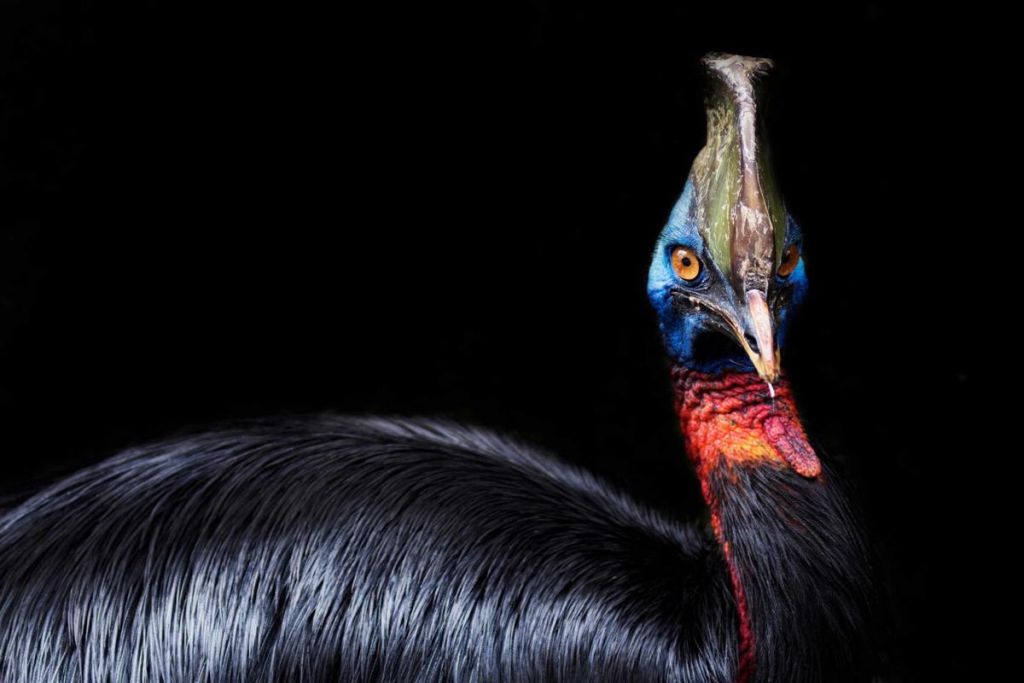Decades back in a chapter of my life lived long ago, our family was visiting my father’s parents in the San Diego area. Escondido to be specific, though I’m not sure that’s a particularly relevant detail here. We didn’t visit them often as 1) California was far away in a time before the internet, websites and online travel booking and its attendant conveniences of credit cards accepted widely; 2) we were a family of five and such trips weren’t cheap; 3) my dad wasn’t that close with his parents; 4) they weren’t that enjoyable to visit and 5) our family didn’t vacation much, often, frequently or anything like that.
But there we were in Escondido, California, for a family visit, and among our activities for the week, or however long we were to be there, was visiting–what was called then–San Diego Zoo’s Wild Animal Park. That place has its own testament to success with various stories such as helping to breed and restore the endangered Californian condors, creating successful koala breeding programs and being the first zoo to put enough rhinoceroses together in a large enough space to discover/observe that female rhinos raise their young with other females and aren’t inclined to breed when only in a pair, such as in a zoo. (Though I’m not sure those aren’t particularly relevant details here.)
What is particularly relevant is that my mom and I were walking in the Australian section of the park, along a path shaded by many eucalyptus trees, when we came upon an enclosure containing a most exquisite bird, the Southern Cassowary–a large (as in up to five-feet-tall-and-counting) bird; a flightless bird with long, black, iridescent, almost-hairlike feathers that look as much like fur; and an exquisitely colorful bird with a blue, turquoise and magenta neck and waddle; and a horned crest. Stunning. We were mesmerized.
The bird was alone, as makes sense, for they are a mostly solitary creature, and we attempted to befriend it best we could with the tall fence between us and our awareness it could probably take a chunk of skin out of our fingers were we to get too close. No one else was around either, and the bird seemed interested in us (as a potential supplier of food, I’m figuring). After observing it for a while and marveling at its size, beauty and clear-as-we-could-tell dinosaur origins, we found the zoo plaque telling us the bird’s species name–the Southern Cassowary– and explaining a bit about its habitat, nature and diet.
As we read along, we saw its primary food source was fallen fruit. Fallen fruit? Well, heck. Maybe we could find some fallen fruit and feed it to him, or her. So we took a few steps, eyes peeled to the ground and in less than a minute, we both spotted at the same time a large bunch of very fresh green grapes.
“Fallen fruit!” we both said aloud as we picked it up and then, rather confidently, felt we should feed to the cassowary. So we did.
Where this fruit came from — someone’s lunch? a food delivery for the bird that fell on the ground? — we didn’t know. What we did know was the sign said the bird ate fallen fruit, we found fallen fruit and so we fed the bird fallen fruit.
Ta dah!







1 Comment